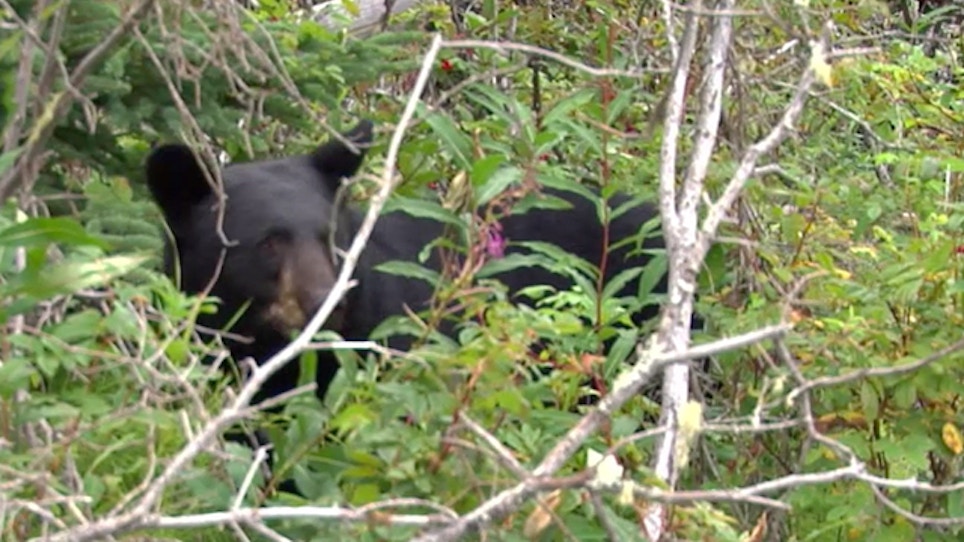By ERIN EDGEMON | Al.com
MENTONE, Ala. (AP) — The river that flows through Lookout Mountain in northeast Alabama creates a natural highway for black bears migrating from Georgia's rapidly developing Atlanta-Chattanooga corridor.
In fact, research shows that Little River Canyon National Preserve near Fort Payne has been home to 26 black bears for at least two years, according to Todd Steury, an associate professor in the School of Forestry and Wildlife Sciences at Auburn University.
This week, the Auburn team will begin catching and tagging bears in and near Little River Canyon National Preserve and on private property in the Saraland area far to the south, in Mobile County. Ten bears in each area will be outfitted with GPS collars, which cost $2,500 each.
“We are really interested in the viable bear population and where they are and what habitats they are using,” Steury said.
Auburn experts are conducting a statewide study of black bears, their population viability and their movements. This work is being performed in cooperation with and funded by the Alabama Department of Conservation and Natural Resources, Wildlife and Freshwater Fisheries Division.
Thanks to grant funding from the National Park Service, Little River Canyon is also installing game cameras and bear-hair snares. The Auburn researchers will collect the images and samples, eventually sending the hair to the University of Idaho for genetic analysis.
“We have definitely been surprised by the amount of bears in Little River,” Steury said. “We have 26 different bears, at least.”
Park Ranger Larry Beane, who has worked at Little River Canyon for 19 years, has heard plenty of bear tales, although he has yet to see one of the bears.
“In 1995, there were bear stories, but we kind of snickered,” he said. Now, he explained, “Visitors tell us stories all of the time.”
Beane said he puts particular credence only on stories and sightings passed along by a game warden or other knowledgeable party. He knows of a tagged bear from Georgia that moved into the park in recent years and had clubs. That bear was later shot and killed by a homeowner.
The Little River black bear population is believed to be the largest in the state. Smaller numbers can be found in in the Saraland area.
Keith Gauldin, assistant chief of wildlife for the Alabama Department of Conservation and Natural Resources, this summer said he believes that the overall bear population has grown to 300-400, based on rising reports of sightings.
Steury, who has studied bears in Alabama for the last two years, suspects that the overall population is much smaller, perhaps around 50.
In the tagging study, researchers will be notified of a bear's location every hour via GPS technology.
In the spring, researchers will use the collars' built-in VHS transmitter to track bears to their habitats and dens. The collars are programmed to unlock and fall off when the study is complete, Steury said.
Areas of interest will be firmer numbers on the bear populations and their ages, how often that they are reproducing, and how the Alabama bears are linked to the Georgia bears.






